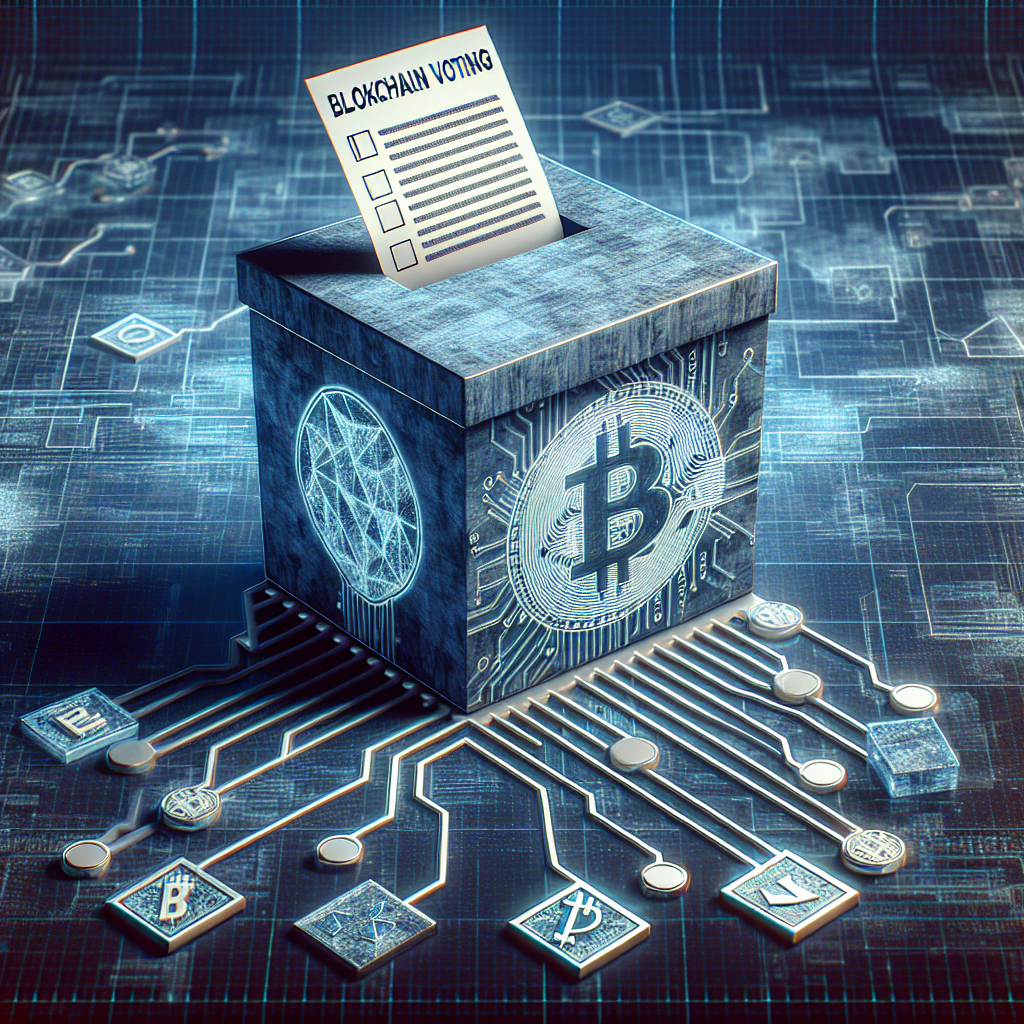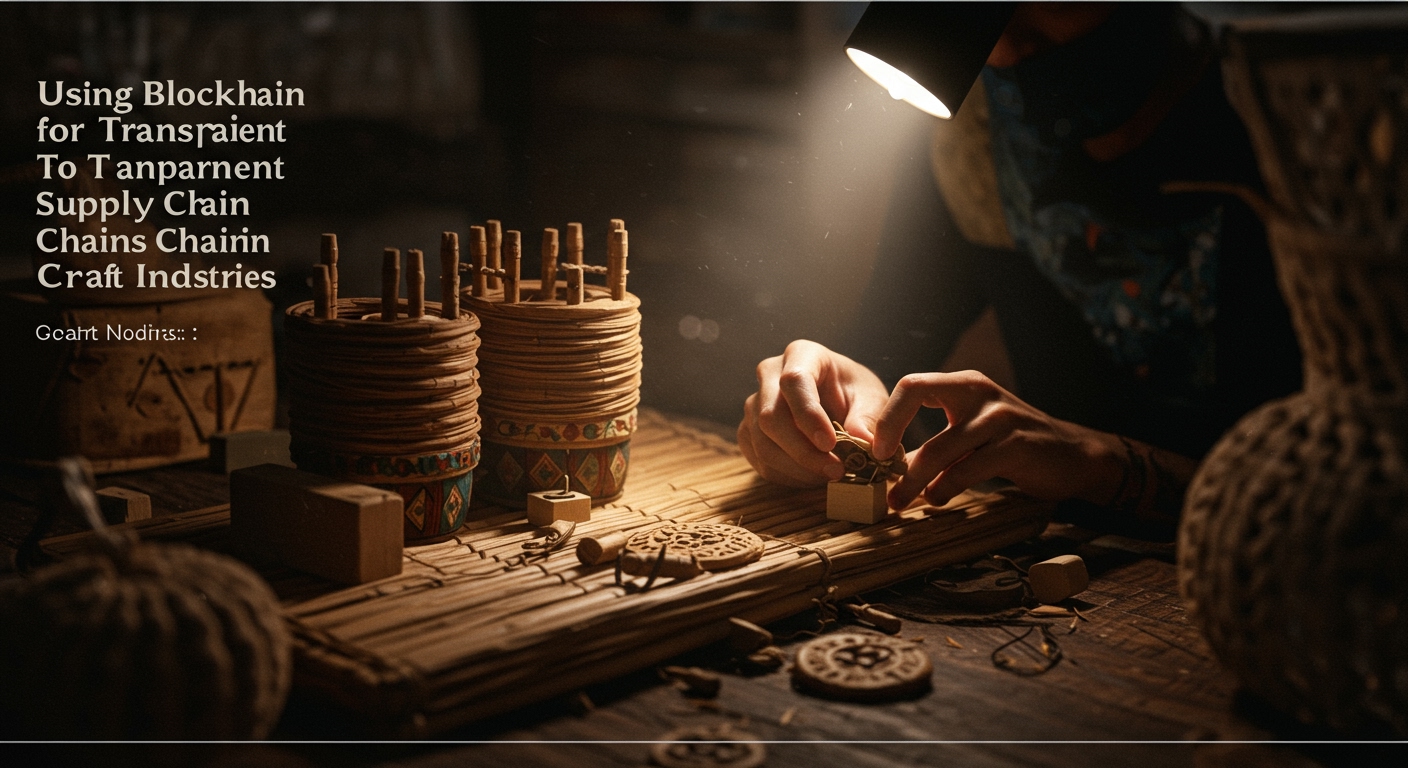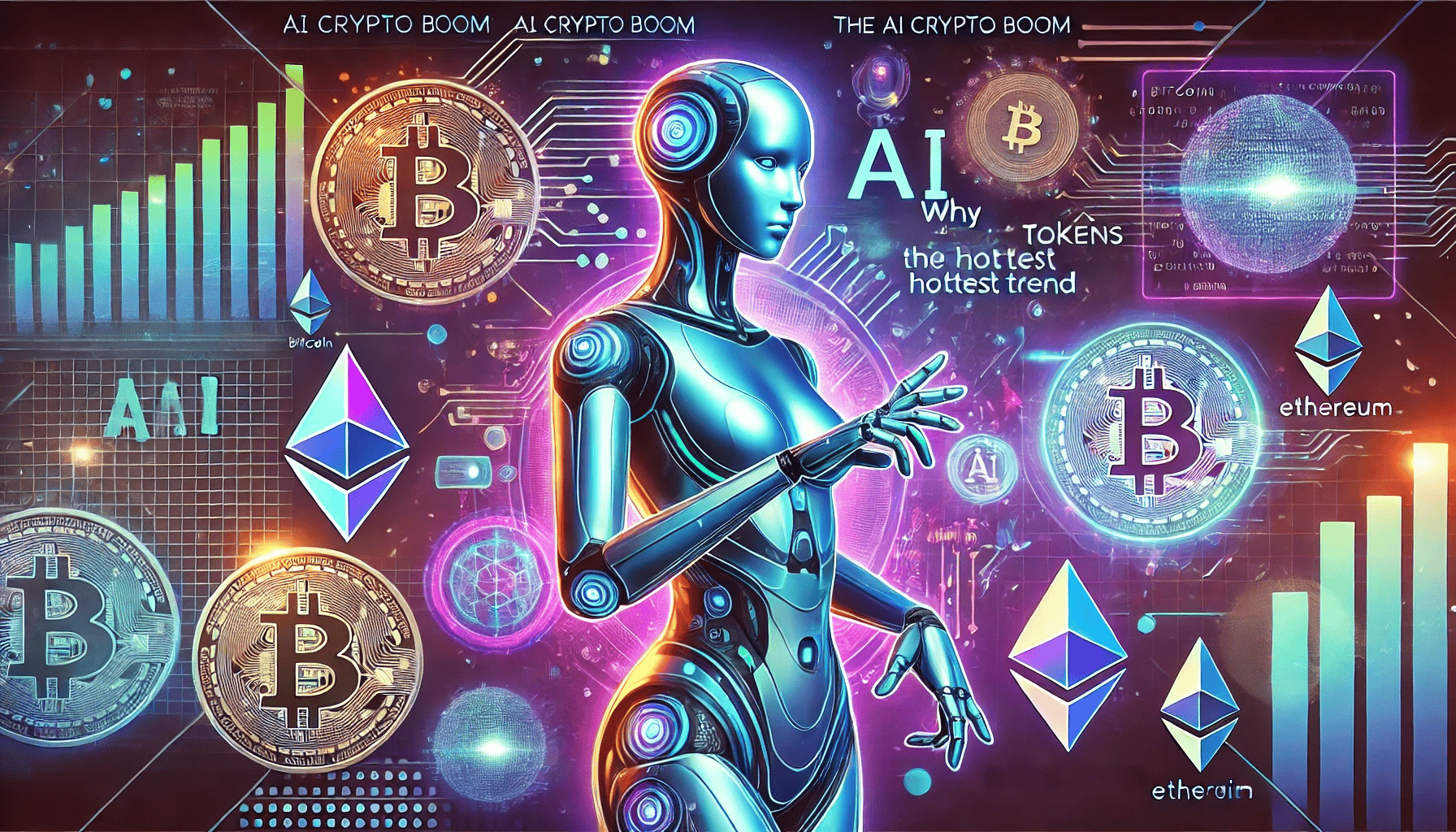The term "blockchain" has become ubiquitous in technological discourse, often synonymous with cryptocurrencies like Bitcoin. However, understanding blockchain goes far beyond digital money; it represents a foundational shift in how we can record and share information securely and transparently. At its core, a blockchain is a decentralized, distributed ledger that records transactions across many computers.
How Blockchain Works
Imagine a digital ledger that isn't stored in one central location but is instead copied and maintained by thousands of computers worldwide. Each "block" in the blockchain contains a list of transactions. Once a block is filled with transactions, it's sealed with a cryptographic hash – a unique digital fingerprint. This new block is then linked to the previous block using its hash, forming a "chain."
Crucially, for a new block to be added, it must be validated by a majority of the computers (nodes) on the network. This consensus mechanism ensures the integrity and security of the data. Once a block is added, it becomes extremely difficult to alter or remove the information without changing all subsequent blocks and gaining consensus from the entire network – an almost impossible feat. This inherent resistance to modification is what makes blockchain technology so powerful and trustworthy.
Key Characteristics
Several defining features make blockchain unique:
- Decentralization: No single entity controls the network. Data is distributed across all participants, making it highly resilient to attacks or failures.
- Immutability: Once data is recorded on the blockchain, it cannot be changed or deleted. This creates an unalterable audit trail.
- Transparency: While individual identities can be pseudonymous, all transactions on a public blockchain are visible to everyone on the network.
- Security: Cryptographic principles protect the data, and the distributed nature makes it incredibly difficult for malicious actors to compromise the system.
Beyond Cryptocurrency
While blockchain gained prominence through cryptocurrencies, its applications extend far beyond finance. Industries are exploring its potential for:
- Supply Chain Management: Tracking goods from origin to consumer, ensuring authenticity and reducing fraud.
- Healthcare: Securely managing patient records and ensuring data privacy.
- Voting Systems: Creating transparent and tamper-proof electoral processes.
- Digital Identity: Providing individuals with greater control over their personal data.
- Intellectual Property: Timestamping creations to prove ownership and prevent infringement.
The Future of Trust
Blockchain technology offers a paradigm shift from centralized trust to distributed trust. By enabling secure, transparent, and immutable record-keeping without intermediaries, it has the potential to revolutionize not just financial systems but virtually any industry that relies on data integrity and verifiable transactions. As the technology matures, we can expect to see an increasing array of innovative applications that leverage its unique capabilities to build more efficient, secure, and equitable systems.








